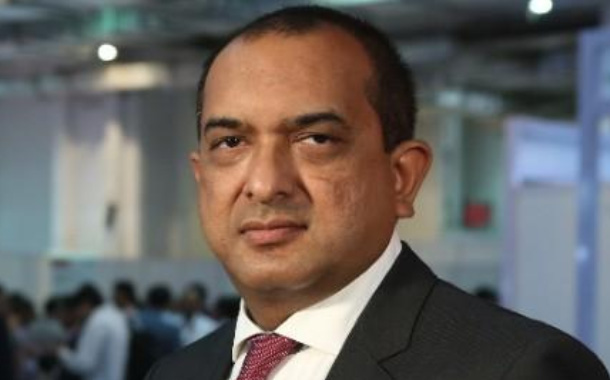Data from IoT will further enhance ERP systems’ efficiency culminating in business leaders taking better decisions based on data driven insights but the ERP platform must be able to handle and protect the wealth of information created by IoT sensors, in addition to the data it already processes.
What does the technological landscape of the Indian manufacturing industry look like in future?
Manufacturing is a hugely varied sector, ranging from large pharmaceutical companies with their huge R&D budgets to small furniture-makers struggling to survive. Still, it’s fair to say that the CFOs of most manufacturing companies, like any other sector, are facing a challenging environment.
[quote font=”tahoma” font_size=”13″ font_style=”italic” color=”#262626″ bgcolor=”#f2f2f2″ bcolor=”#5f9dc0″]
 “To support information-driven decisions as well as protection, businesses will need to ensure end-to-end safeguarding, especially as data assets travel from one system to another.”
“To support information-driven decisions as well as protection, businesses will need to ensure end-to-end safeguarding, especially as data assets travel from one system to another.”
Ajay Kumar
National Sales Consulting Director
ERP, Oracle India
[/quote]
According to survey results gathered for the 2017 AICPA study Agile Finance Revealed, the US manufacturing industry is on pace to increase investment in key technologies such as cognitive computing and artificial intelligence. This next wave of manufacturing is usually called “Industry 4.0,” but it’s more descriptive to call it the “Internet of Goods”. Manufacturing CFOs must now think of manufacturing as one service running on top of a packet-switched network of goods, where delivery and distribution of small batches and single items is an integral part of the business model.
What are the challenges CIOs face today when deploying IoT and ERP technology solutions in the manufacturing industry?
One of the key challenges in finalizing and rolling out an IoT strategy is identification of technology for deployment. There are many IoT solutions available in the market, however most of the solutions provide a raw framework that an organization can use to design data capture, reports and dashboards. In this situation, visualization of the data model and nature of dashboards is left to the combined imagination of a customer and implementer. There is no possibility of bringing in best practices or industry experience. Huge compute capability required to process large volumes of shop floor data, and presenting the same in a meaningful way also puts a dampener on IoT plans as this renders most of the projects commercially unviable. Pre-built, Cloud based IoT applications for some common use cases can solve these issues.
What is your advice to Manufacturing CIOs in India on the right approach when deploying IOT technologies?
According to Allied Market Research, the global ERP software market will surpass a value of $41 billion by 2020. At the same time, IDC is predicting that in the similar time frame, global IoT spend will total nearly US$1.4 trillion as organizations continue to invest in the hardware, software, services and connectivity required to enable IoT. As both these processes are showing a huge propensity to grow, they are also overlapping. By 2022, IoT enabled ERP is poised to become a huge opportunity for the organizations as this market is expected to reach close to $50 billion by 2022.
This overlapping of ERP and IoT seems inevitable. Data from IoT will further enhance ERP systems’ efficiency. Insights from AI and machine learning will further strengthen the ERP systems. This culmination will enable business leaders to take better decisions based on data driven insights. For example, sensors can communicate details about lack of or excess of inventory, allowing supervisors to better manage ordering and replenishment while minimizing the possibility of human error.
This parlance can be extended to all the functions of organizations and the advantages that can be reaped are not difficult to imagine. However, there are a few considerations that organizations need to make while opting for ERP and IoT integration. The ERP platform must be able to handle the wealth of information created by IoT sensors, in addition to the data it already processes. The data security capabilities are needed in place across both platforms. To support information-driven decisions as well as protection, businesses will need to ensure end-to-end safeguarding, especially as data assets travel from one system to another.




